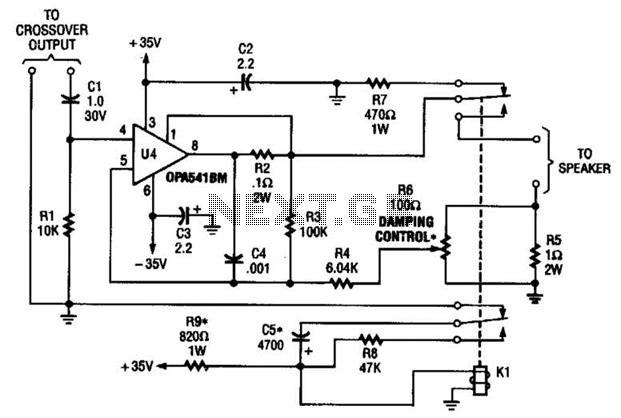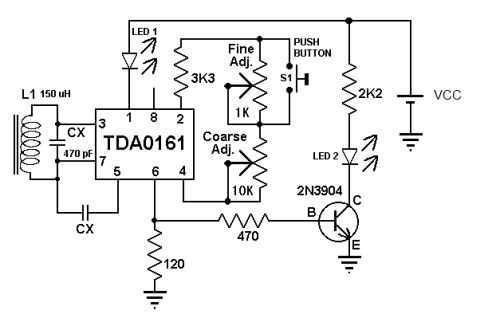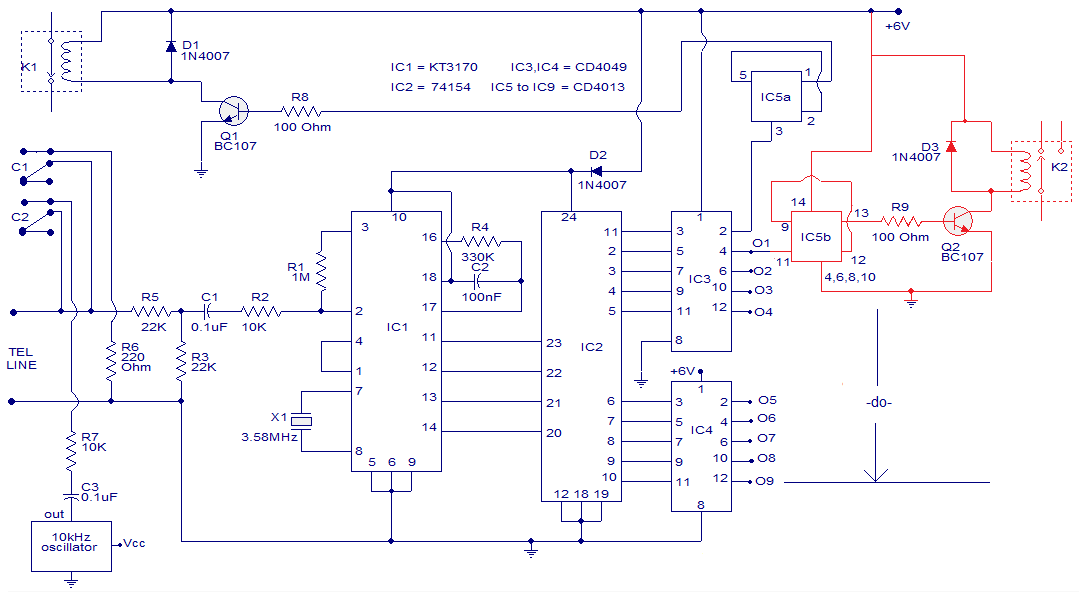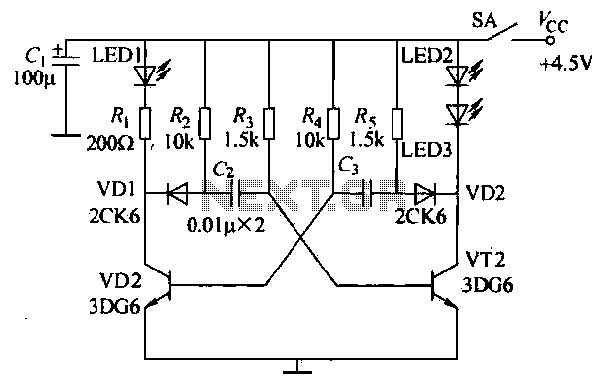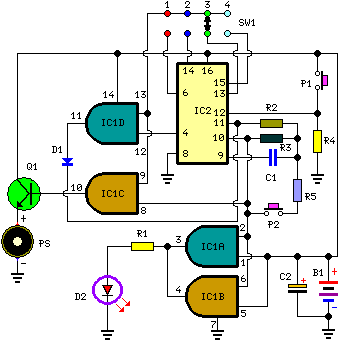
Self-excitation - one short brake circuit
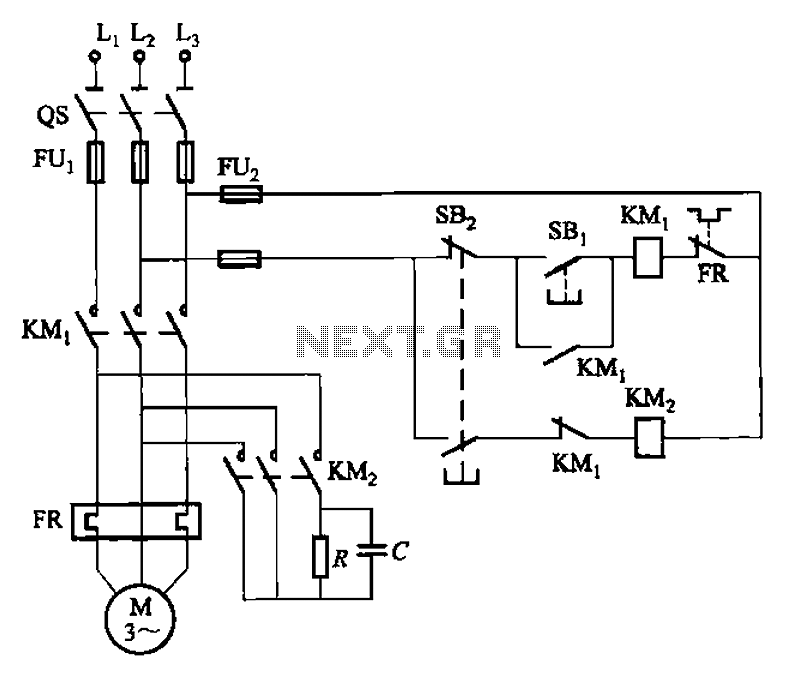
The 3F155 circuit, as depicted in the provided figure, operates in manual control mode. It features a self-excitation braking phase, while the other two phases utilize a short brake. A resistor (R) is involved, along with the voltage across a capacitor (C) in the phase. The circuit also includes a three-phase current waveform that exhibits characteristics similar to self-excitation, but with a rapid attenuation effect.
The 3F155 circuit is designed to facilitate controlled braking in three-phase systems, particularly in applications requiring precise manual intervention. The manual control mode allows the operator to adjust the braking parameters in real-time, enhancing operational flexibility. The self-excitation braking phase is crucial as it enables the system to generate the necessary braking torque without relying on external power sources. This feature is particularly beneficial in scenarios where quick response times are essential.
In this circuit, the resistor (R) plays a pivotal role in regulating the voltage across the capacitor (C). This voltage is critical for maintaining the stability of the braking phase and ensuring that the current waveform remains within acceptable limits. The capacitor's charging and discharging cycles influence the overall performance of the circuit, allowing for effective energy management during braking operations.
The three-phase current waveform produced by the circuit closely resembles that of self-excitation, characterized by its rapid decay or attenuation. This rapid attenuation is advantageous in applications where swift cessation of motion is required, minimizing the risk of overshoot or excessive momentum. The circuit's design ensures that the braking effect is both efficient and effective, contributing to the safety and reliability of the overall system.
In summary, the 3F155 circuit exemplifies an innovative approach to manual control in braking applications, integrating self-excitation principles with robust voltage regulation and rapid response capabilities. This combination of features positions the circuit as a valuable component in various industrial and commercial applications requiring precise control over three-phase motor systems.3F155 circuit shown in FIG. It uses manual control mode. The figure, a self-excitation braking phase, the other two phases using short brake. Resistor R, the voltage across cap acitor C- phase, three-phase current waveform and similar self-excitation, but attenuates light fast.
The 3F155 circuit is designed to facilitate controlled braking in three-phase systems, particularly in applications requiring precise manual intervention. The manual control mode allows the operator to adjust the braking parameters in real-time, enhancing operational flexibility. The self-excitation braking phase is crucial as it enables the system to generate the necessary braking torque without relying on external power sources. This feature is particularly beneficial in scenarios where quick response times are essential.
In this circuit, the resistor (R) plays a pivotal role in regulating the voltage across the capacitor (C). This voltage is critical for maintaining the stability of the braking phase and ensuring that the current waveform remains within acceptable limits. The capacitor's charging and discharging cycles influence the overall performance of the circuit, allowing for effective energy management during braking operations.
The three-phase current waveform produced by the circuit closely resembles that of self-excitation, characterized by its rapid decay or attenuation. This rapid attenuation is advantageous in applications where swift cessation of motion is required, minimizing the risk of overshoot or excessive momentum. The circuit's design ensures that the braking effect is both efficient and effective, contributing to the safety and reliability of the overall system.
In summary, the 3F155 circuit exemplifies an innovative approach to manual control in braking applications, integrating self-excitation principles with robust voltage regulation and rapid response capabilities. This combination of features positions the circuit as a valuable component in various industrial and commercial applications requiring precise control over three-phase motor systems.3F155 circuit shown in FIG. It uses manual control mode. The figure, a self-excitation braking phase, the other two phases using short brake. Resistor R, the voltage across cap acitor C- phase, three-phase current waveform and similar self-excitation, but attenuates light fast.
